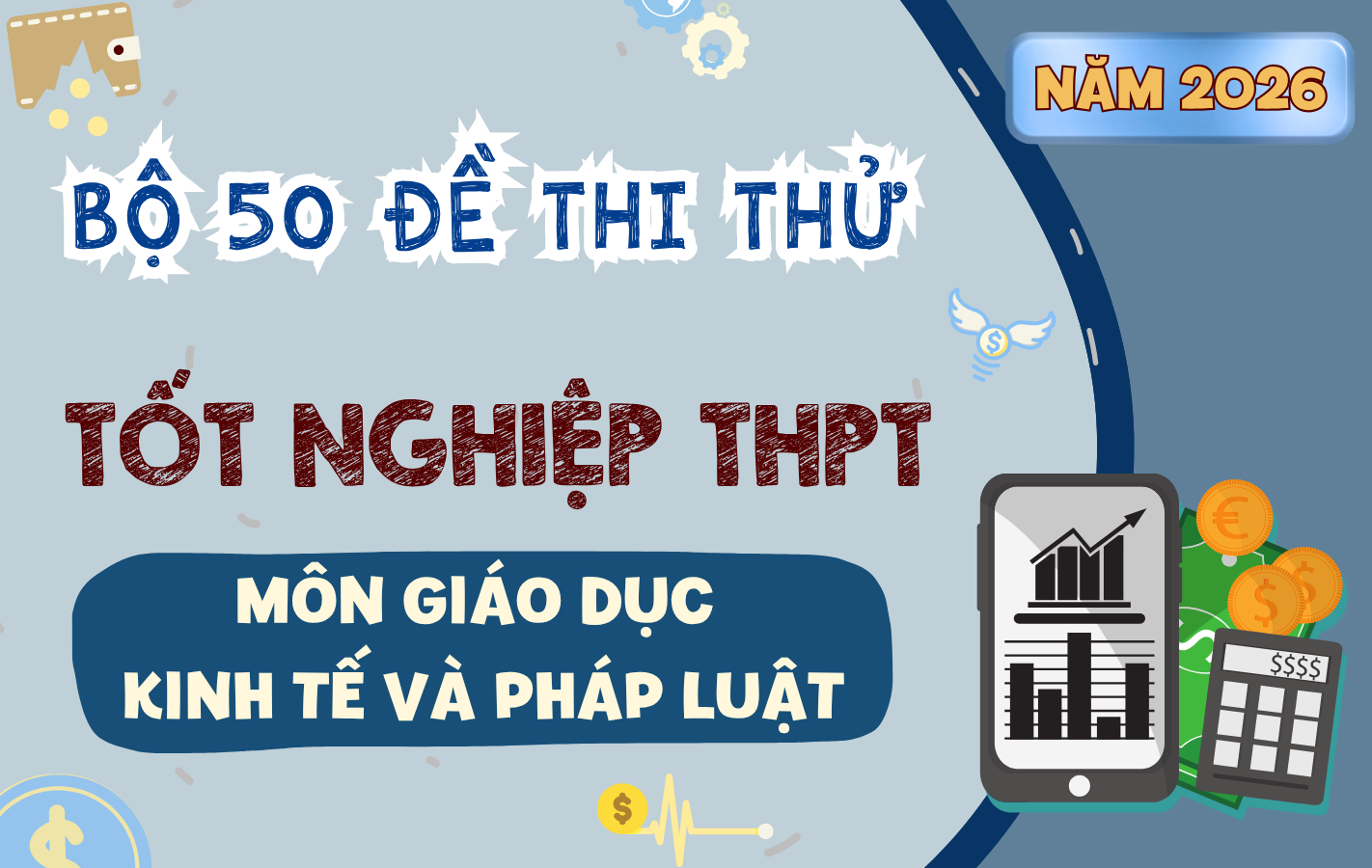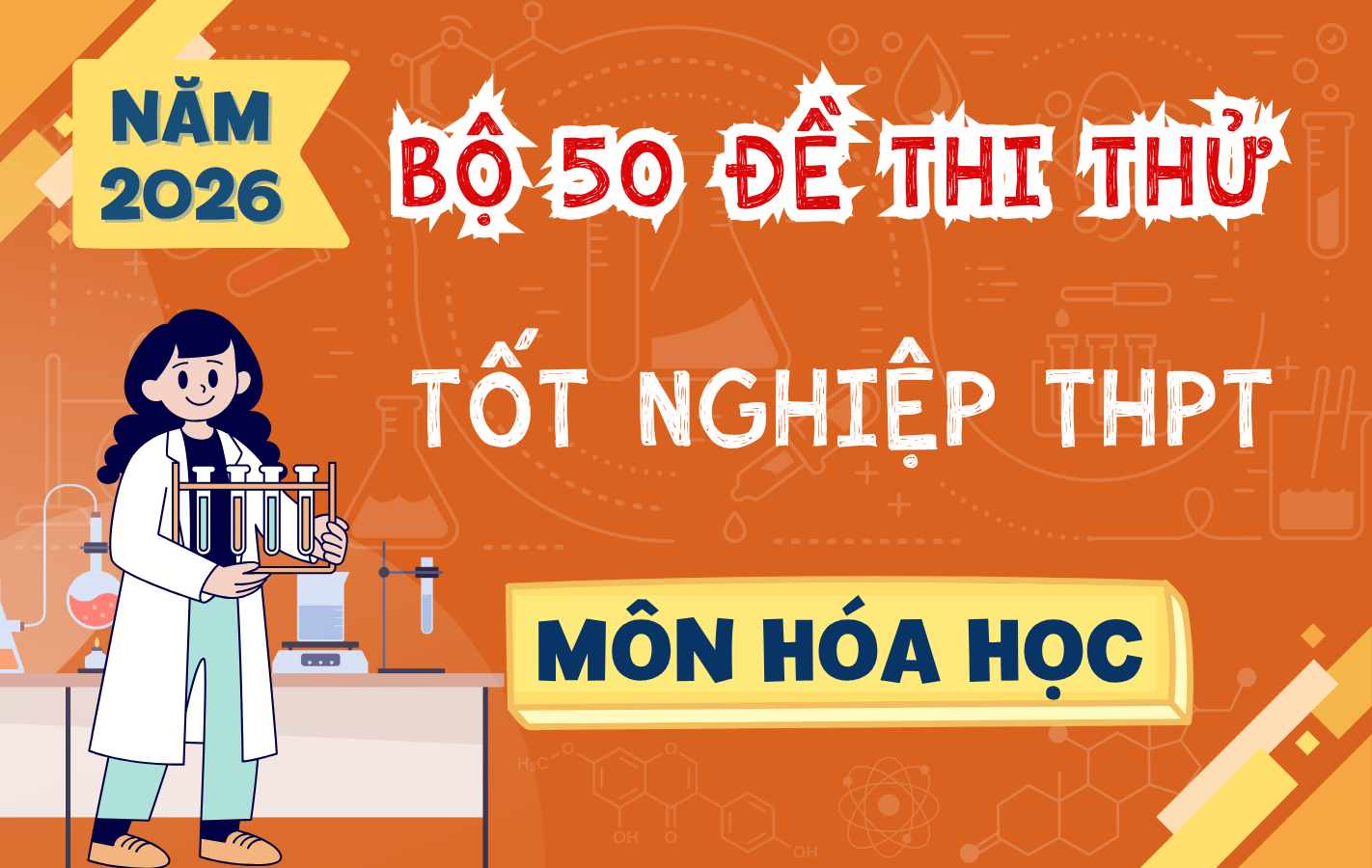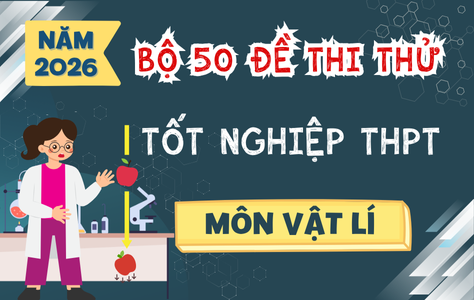Câu hỏi:
Read the following passage about Heat Transfer in the Atmosphere and mark the letter A, B, C or D on your answer sheet to indicate the best answer to each of the following questions from 31 to 40.
Because the low latitudes of the Earth, the areas near the equator, receive more heat than the latitudes near the poles, and because the nature of heat is to expand and move, heat is transported from the tropics to the middle and high latitudes. Some of this heat is moved by winds and some by ocean currents, and some gets stored in the atmosphere in the form of latent heat.
(I) The term “latent heat” refers to the energy that has to be used to convert liquid water to water vapor. (II) We know that if we warm a pan of water on a stove, it will evaporate, or turn into vapor, faster than if it is allowed to sit at room temperature. (III) We also know that if we hang wet clothes outside in the summertime, they will dry faster than in winter, when the temperature is lower. The energy used in both cases to change liquid water to water vapor is supplied by heat - supplied by the stove in the first case and by the Sun in the latter case. This energy is not lost. (IV) It is stored as vapor in the atmosphere as latent heat. Eventually, the water stored as vapor in the atmosphere will condense to liquid again, and the energy will be released to the atmosphere.
In the atmosphere, a large portion of the Sun’s incoming energy is used to evaporate water, primarily in the tropical oceans. Scientists have tried to pin down this proportion of the Sun’s energy. By analyzing temperature, water vapor, and wind data around the globe, they have estimated the quantity to be about 90 watts per square meter, or nearly 30 percent of the Sun’s energy. Once this latent heat is stored within the atmosphere, it can be transported, primarily to higher latitudes, by prevailing, large - scale winds. Or it can be transported vertically to higher levels in the atmosphere, where it forms clouds and subsequent storms, which then release the energy back to the atmosphere.
Which of the following best summarizes the main point of the passage?
Heat from the tropics is transported to higher latitudes by wind and ocean currents.
Heat from the tropics moves in only one direction, from the equator to the poles.
Water vapor plays a minor role in heat transportation within the atmosphere.
Latent heat and winds are the main mechanisms for transporting energy across the globe.
Đáp án đúng: D
Đáp án đúng là D
Tạm dịch:
Câu nào sau đây tóm tắt tốt nhất ý chính của đoạn văn?
A. Nhiệt từ vùng nhiệt đới được vận chuyển đến các vĩ độ cao hơn bằng gió và các dòng hải lưu.
B. Nhiệt từ vùng nhiệt đới chỉ di chuyển theo một hướng, từ xích đạo đến các cực.
C. Hơi nước đóng vai trò nhỏ trong quá trình vận chuyển nhiệt trong khí quyển.
D. Nhiệt ẩn và gió là cơ chế chính để vận chuyển năng lượng trên toàn cầu.
Giải thích:
Bài đọc chủ yếu nói về việc nhiệt được vận chuyển khắp hành tinh thông qua nhiệt ẩn và gió quy mô lớn, do đó câu này tóm tắt đúng nhất ý chính của bài.
Tiêu đề "Sự Vận Chuyển Nhiệt Trong Khí Quyển" tóm lược ngắn gọn nội dung bài đọc về cách nhiệt di chuyển qua khí quyển và các yếu tố ảnh hưởng đến quá trình này.
Vì các vĩ độ thấp của Trái Đất, các khu vực gần xích đạo, nhận được nhiều nhiệt hơn các vĩ độ gần cực và vì bản chất của nhiệt là giãn nở và di chuyển, nên nhiệt được vận chuyển từ vùng nhiệt đới đến các vĩ độ trung bình và cao.
Câu A sai vì nhiệt được vận chuyển hoặc là bằng gió, hoặc là bằng hải lưu, phần thì được tích luỹ trong khí quyển.
Câu B sai vì nói chỉ 1 hướng.
Câu C sai vì nói vai trò hơi nước là nhỏ.
Câu hỏi này thuộc đề thi trắc nghiệm dưới đây, bấm vào Bắt đầu thi để làm toàn bài
Bộ đề thi giúp học sinh lớp 12 làm quen với cấu trúc và nội dung đề thi tốt nghiệp THPT môn Tiếng Anh năm 2025. Đề thi được xây dựng theo định hướng của Bộ GD ĐT, bao gồm các phần Ngữ âm, Từ vựng - Ngữ pháp, Chức năng giao tiếp, Kỹ năng đọc hiểu, Kỹ năng viết và Phát âm - Trọng âm. Hệ thống câu hỏi đa dạng, bám sát chương trình học, giúp học sinh rèn luyện kỹ năng làm bài và nâng cao tư duy ngôn ngữ. Đáp án chi tiết đi kèm hỗ trợ học sinh tự ôn tập, đánh giá năng lực và chuẩn bị tốt nhất cho kỳ thi quan trọng.
Câu hỏi liên quan

Bộ 50 Đề Thi Thử Tốt Nghiệp THPT Giáo Dục Kinh Tế Và Pháp Luật Năm 2026 – Theo Cấu Trúc Đề Minh Họa Bộ GD&ĐT

Bộ 50 Đề Thi Thử Tốt Nghiệp THPT Lịch Sử Học Năm 2026 – Theo Cấu Trúc Đề Minh Họa Bộ GD&ĐT

Bộ 50 Đề Thi Thử Tốt Nghiệp THPT Công Nghệ Năm 2026 – Theo Cấu Trúc Đề Minh Họa Bộ GD&ĐT

Bộ 50 Đề Thi Thử Tốt Nghiệp THPT Môn Hóa Học Năm 2026 – Theo Cấu Trúc Đề Minh Họa Bộ GD&ĐT

Bộ 50 Đề Thi Thử Tốt Nghiệp THPT Môn Sinh Học Năm 2026 – Theo Cấu Trúc Đề Minh Họa Bộ GD&ĐT
